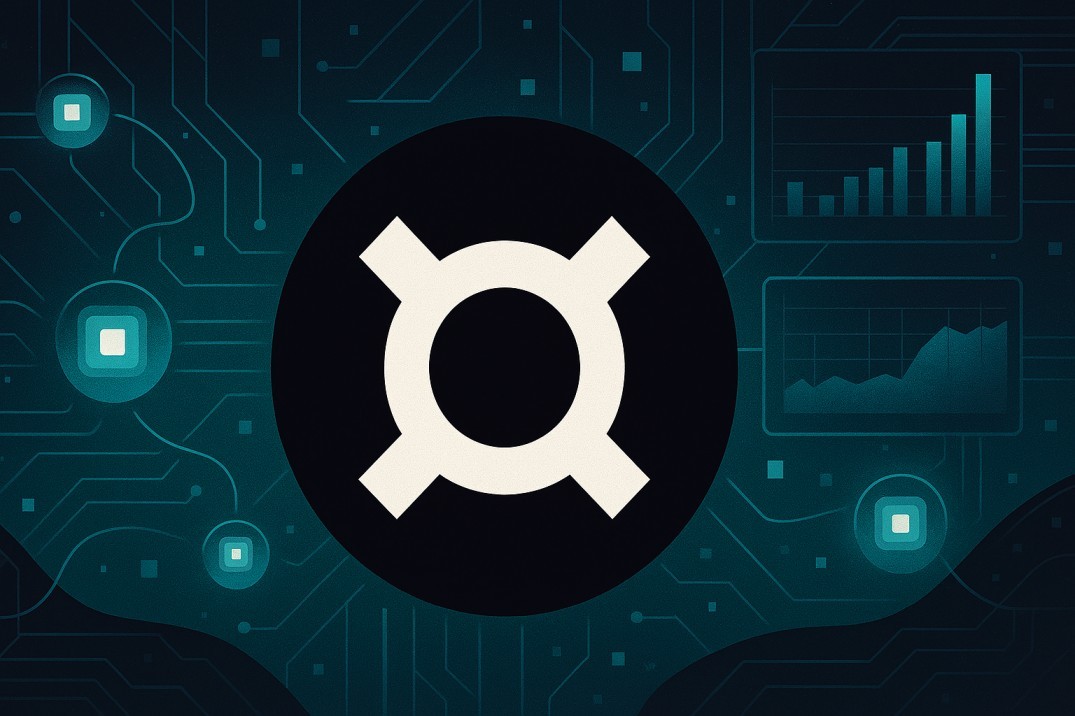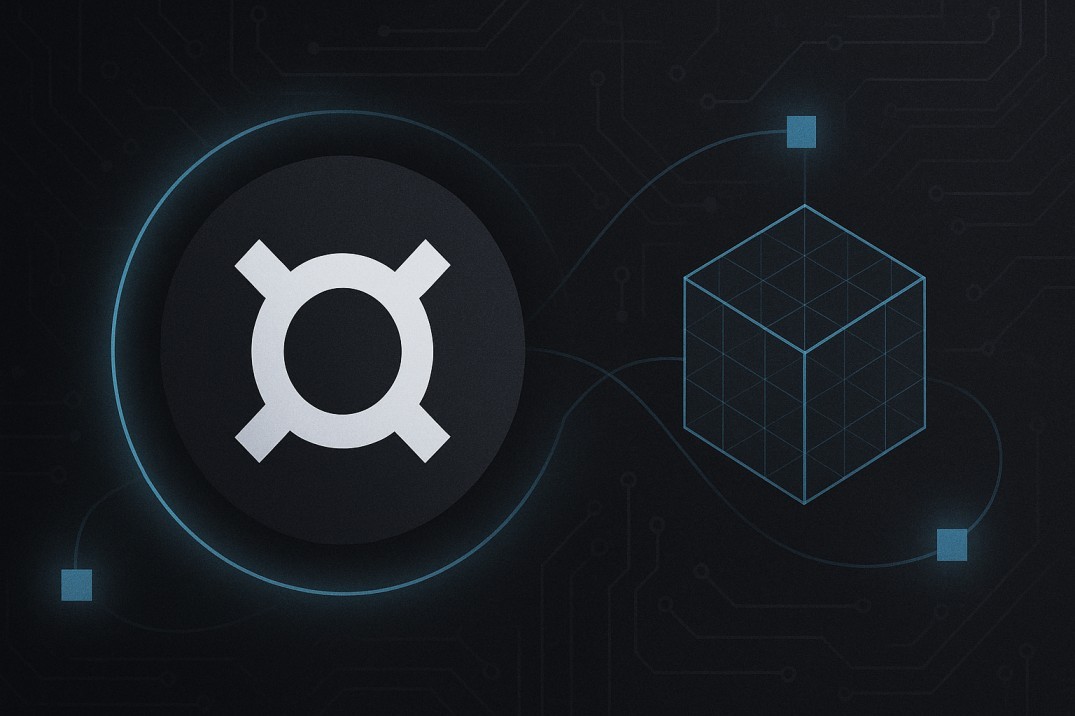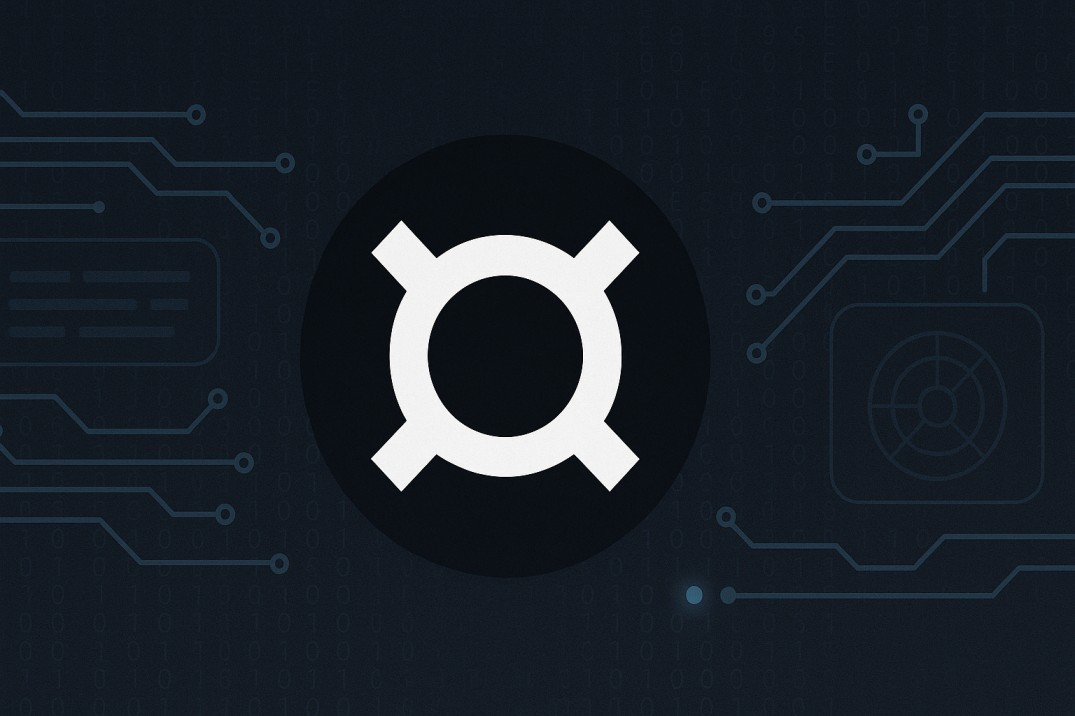TL;DR
- Frax is the native monetary and gas token of the Fraxtal Layer 1 blockchain.
- It operates on a fixed, immutable emission schedule, no inflation, no minting authority.
- It is not a governance token and carries no protocol control rights.
- Frax is a commodity-like asset, consumed within its ecosystem and reinforced by a burn mechanism.
- Used for network fees, future validator staking, and as restaked collateral in Frax Finance.
Cryptocurrencies have evolved past their speculative roots. But not all assets evolve the same way. Some chase governance rights. Others pump out staking rewards. Many become bloated with utility promises that dilute their value. Frax, on the other hand, is quietly building a very different story, one of scarcity, finality, and simple base-layer utility.
This article unpacks what makes Frax unique, how it fits into the Fraxtal blockchain, and why its design could be one of the most overlooked monetary experiments in crypto today.
What Is Frax?

At its core, Frax is the native monetary unit of the Fraxtal Layer 1 blockchain. It serves as:
- The gas token for all transactions and smart contract executions
- The future staking asset for validator security (via hardfork upgrades)
- A scarce, deflationary store of value within the ecosystem
Unlike most Layer 1 assets, Frax is designed as a commodity token, not a governance instrument. It does not allow holders to vote on protocol parameters, change supply rules, or capture decision-making power.
This makes Frax one of the few Layer 1 native assets built to function as pure base money, a design that echoes Bitcoin more than Ethereum.
How Frax Works
1. Gas Token on Fraxtal
Frax is the only accepted asset to pay for gas on the Fraxtal blockchain. This creates organic demand as the Fraxtal ecosystem grows.
2. Scarce Asset with Fixed Emissions
There is no mint function, no inflation schedule. Frax has a hard-coded supply curve that cannot be changed. New Frax tokens are released at predictable rates over time and that’s it.
3. Burn Mechanism: The Frax Burn Engine (FBE)
The Frax Burn Engine is a protocol-level mechanism that permanently removes a portion of Frax used in ecosystem activity. This includes things like:
- Transaction fees
- Smart contract interactions
- Restaked asset usage
This constant burn pressure makes Frax increasingly scarce over time, similar to Ethereum’s EIP-1559 model but deeper in design.
Tokenomics of Frax

Frax is designed as non-inflationary base money, so its tokenomics look very different from the average DeFi coin.
Emissions
- Fixed, pre-defined issuance schedule
- No community or team minting right
- No surprise inflationary upgrades
No Governance
- Frax holders cannot vote on protocol upgrades or treasury decisions
- Governance is handled elsewhere (e.g., through veFRAX derivatives)
Consumption Model
- Used as gas on the Fraxtal L1
- Burned through the FBE system
- Demand scales with ecosystem growth
Restaking Utility
- Can be restaked in protocols like veFRAX
- Supports governance and yield in Frax Finance
- But Frax itself remains unaffected and outside governance layers
This model makes Frax feel more like a monetary asset than a governance token. It’s a commodity with actual usage, not a diluted claim on protocol value.
Commodity-Like Behavior
The term commodity asset isn’t thrown around lightly in the Frax ecosystem.
Why it fits:
- Fixed issuance
- Used and consumed
- Independent of governance dynamics
Think of Frax like oil or gold:
- You use it (gas)
- You consume it (burn)
- You can’t vote with it
That’s a huge contrast to most crypto assets, which conflate value, utility, and governance into one.
How Frax Is Used in DeFi
While Frax doesn’t carry governance rights, it is used as collateral and security across DeFi protocols, especially within Frax Finance:
- veFRAX: Restaked version that adds voting rights and lock-based yield
- Liquidity collateral: Used in stablecoin or lending systems
- Security: Offered as bonded collateral for protocol-level defense
Here’s the important part: Even when Frax is used in DeFi, the core asset remains untouched. No protocol can mint, burn, or alter the Frax supply. It’s more like ETH in EigenLayer base money with new roles layered on top.
The Frax Ecosystem

Frax is part of a bigger group of tools and systems, like :
- Fraxtal (FRAX) ~ Native monetary and gas asset
- veFRAX ~ Governance and utility derivative
- FXS ~ Used in other governance roles
- FPI ~ Inflation-protected stablecoin pegged to the US CPI
- Fraxswap ~ Native AMM
- Fraxlend ~ Permissionless lending market
Learn more about the ecosystem here
These components work together but remain distinct. Frax is always the foundation, while others handle governance and stability mechanics.
Challenges and Risks
No asset is perfect and Frax’s minimalist, commodity-like approach has its tradeoffs:
1. No Native Yield
Frax does not offer inflationary staking rewards. This could make it less appealing to passive yield farmers.
2. Limited Awareness
Because Frax avoids flashy tokenomics, it may be overlooked by users seeking speculative narratives.
3. Dependency on Fraxtal Adoption
The value of Frax is closely tied to Fraxtal’s success. If network activity stagnates, so does Frax demand.
4. Regulatory Gray Areas
As a commodity-like asset, Frax may attract different scrutiny than traditional utility or governance tokens.
Still, these risks come with upside: clarity, simplicity, and a clean monetary narrative that’s rare in Web3.
Why Frax Matters in the Modular Future
Crypto is moving toward a modular stack:
- Base money
- Settlement layers
- Appchains
- Restaking systems
In this model, base-layer monetary assets become critical. ETH is dominant now but Frax positions itself as a viable alternative, especially for ecosystems built on Fraxtal.
Imagine:
- Appchains using Frax as gas
- Protocols staking Frax for security
- DeFi systems relying on Frax for final settlement
That future is not far-fetched and Frax’s design is built to support it.
Closing Thoughts
Frax is just trying to be money, the kind that holds up over time, can’t be inflated, and actually gets used.
Here’s what makes it different:
- Fixed supply ~ No inflation, no tweaks
- Non-governance ~ Clear separation of power and money
- Deflationary usage ~ Tokens are burned, not minted
- Restaking potential ~ Supports security and DeFi without dilution
In a space flooded with token utility hype, Frax doubles down on clarity and purpose. That simplicity might just be what gives it staying power. As the Fraxtal chain and modular ecosystems continue to expand, Frax may quietly become the most important crypto asset people aren’t paying enough attention to.
READ MORE : What is COTI V2: Revolutionizing Blockchain Privacy with Garbled Circuits











